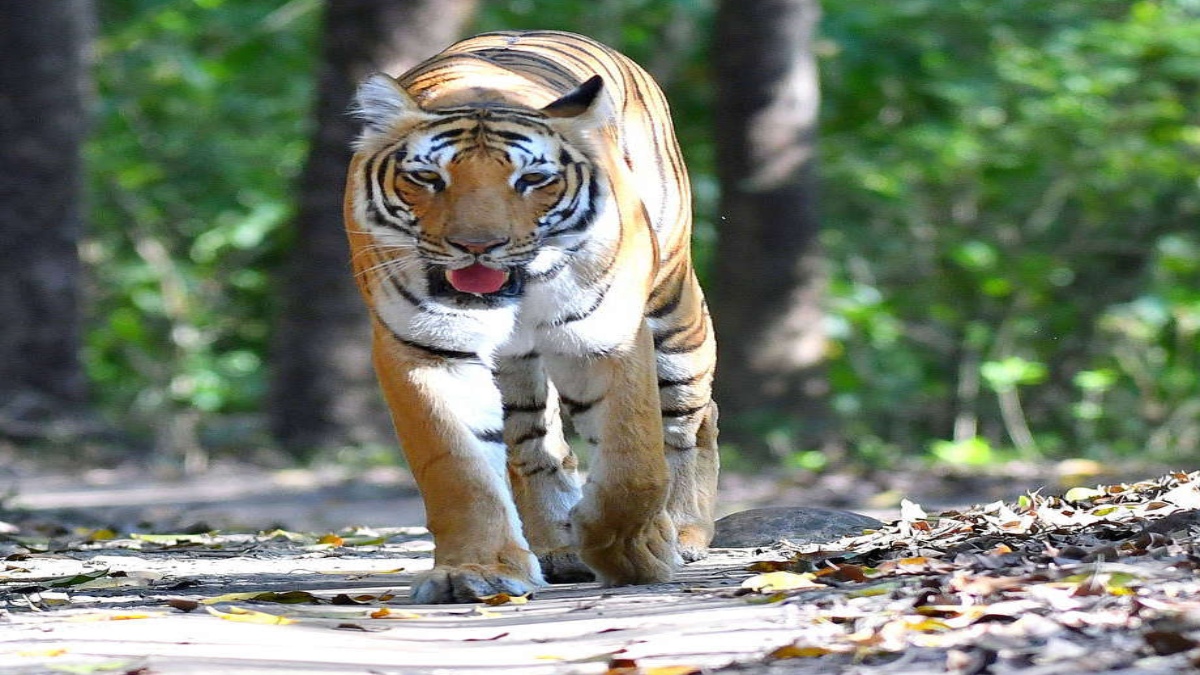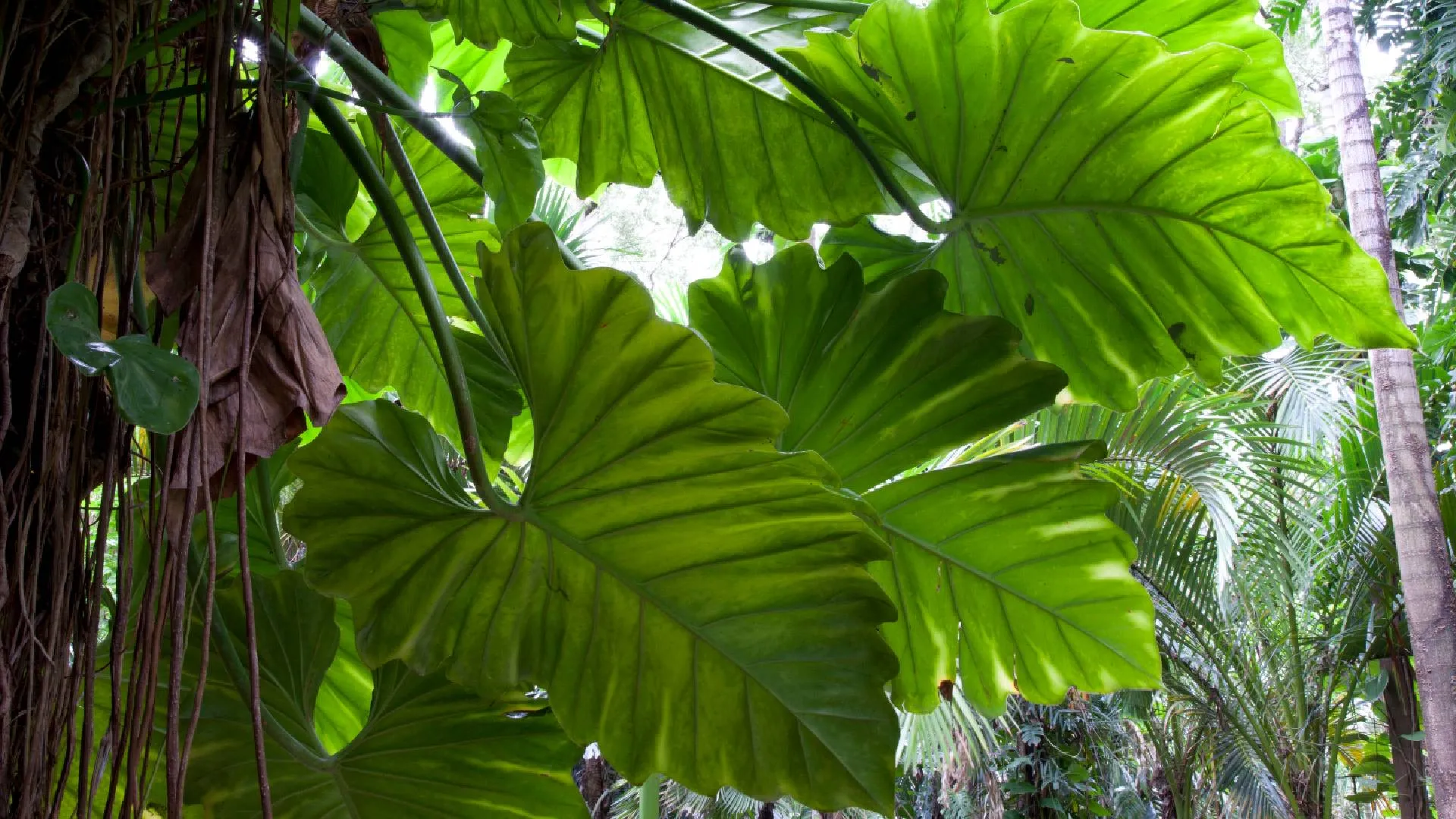The UK government has announced that its Illegal Wildlife Trade Challenge Fund (IWTCF) will disburse over £7 billion in grants to 17 conservation projects across the globe. The projects are spread out over Asia – eight projects, Africa – six projects and South America – three projects. The illegal wildlife trade is valued between $7 and $23 billion annually and is considered to be one of the most lucrative illegal businesses.
In spite of global efforts to curb illegal wildlife trade, not much has been achieved. The presence of well-established criminal networks that make use of sophisticated equipment to profit from this serious crime has proven detrimental. Plagued by indifferent governments, corruption, inadequate enforcement and lack of substantial equipment, efforts to combat illegal wildlife trade has proven ineffective.
One particular technology that is revolutionising conservation efforts is the Unmanned Aerial System (UAS). The ability of autonomous vehicles to provide a stable platform for mounting mapping as well as tracking devices makes them valuable assets. If one takes Southeast Asia as an example, the region is notorious for the presence of well-organised smuggling networks that live off the illegal wildlife trade. Dense forest and untraversable terrain make countering poaching activities next to impossible. Add heavy rains to the mix and you have the perfect cover for unethical actors to engage in the illegal trade.
The introduction of UASs has offset this handicap and allowed the authorities to tackle such activities more effectively. While fixed-wing systems have seen extensive usage, rotary-wing assets are also reliable platforms due to their ability to hover for long periods. A perfect example is the Pelican WA-P14E5 made by the Wynyard Group. The UAS is well-suited for carrying out the task of monitoring and tracking illegal activities which would be impossible by conventional methods. The state-of-the-art air-cooled 4-stroke engine allows it to operate in the tropical climate of Southeast Asia.
The Pelican is a well-built multi-payload UAS that can integrate the most cutting-edge technologies like a variety of sensors. Solid-state inertial systems (IMU) allow it to maintain its attitude and heading in strong winds. With a maximum take-off weight (MTOW) of 45kg, the Pelican can take on heavy payloads and operate at altitudes of 5,000m. Maximum flight endurance for the UAS is 5hrs for a payload of up to 5kg. The Pelican is fuel-based which grants it a maximum cruising speed of 120km/hr and a normal cruising speed of 60km/hr.
Other than anti-poaching activities, the Pelican can also be used for conservation activities like animal tracking, monitoring of vessels like whaling ships, tracking migration and habitat management. The ability of UAS to capture a wider overview of the situation on the ground allows for effective threat containment and personnel management. Payloads like infra-red and thermal imaging cameras also allow for operations in the darkness which is when much of the illegal activities take place.
The effectiveness of unmanned systems has already been proven by the rangers of the Green Peafowl station in Sre Ambel, Cambodia. The rangers were able to effectively use UAS technology to track and apprehend a smuggler. The availability of such technology will revolutionise the way the illegal wildlife trade is being tackled across the globe. This will not only safeguard species against extinction but also protect habitats and preserve the livelihoods of many communities that are reliant on such ecosystems.






















